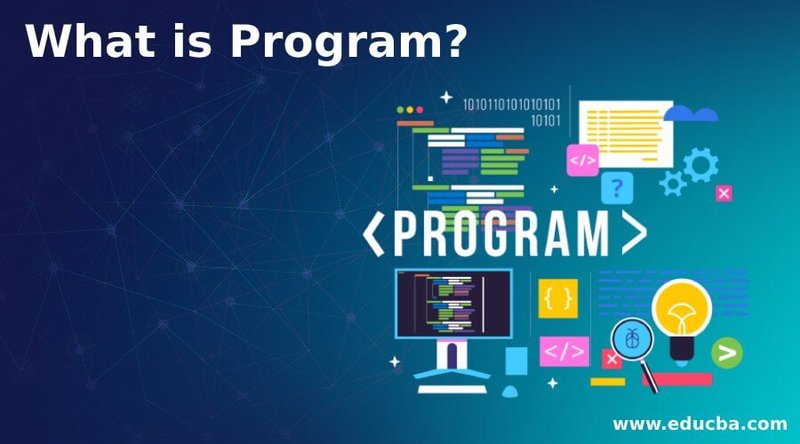
These remotes are designed to just *work* with your device. No more fiddling with arcane button combinations, praying to the tech gods, or dusting off old instruction manuals. If you’re picturing a high-tech handshake happening in the background, you’re not far off. It’s all about pairing, syncing, and—if something goes sideways—some straightforward troubleshooting. Let’s break down exactly how programming Apple TV remotes works, why you might need to re-sync or reset, and what makes these remotes so devilishly simple (most of the time).
Understanding Apple TV Remotes: Which Do You Have?
Honestly, Apple’s naming system for their remotes can feel a bit like a family reunion where everyone’s named “John.” You’ll find the Siri Remote (the touchpad one that comes with newer models), the classic Apple TV Remote (similar, but with fewer features), and even third-party universal remotes that claim to “work with everything.” Most people stick with the original remote that came in the box, but if you’ve got a replacement or picked one up online, it pays to know exactly what you’re dealing with.
If your remote has a touchpad at the top and a built-in microphone button, congratulations: that’s the Siri Remote. The slightly older Apple TV Remote looks similar but skips the Siri button. The cool thing about both is that, regardless of which model you have, Apple designed them to pair automatically—without needing to fuss with code entry. If you’re using a universal remote, you might still be stuck in the land of codes, but Apple’s own remotes keep things refreshingly simple.
The big secret? The remote and the Apple TV are constantly whispering to each other using Bluetooth and infrared (IR). Think of it like a silent conversation, where your remote says, “Hey, I’m here!” and your Apple TV replies, “Great, let’s work together.” All you have to do is tell them to start chatting.
Pairing Your Apple TV Remote: Code-Free Simplicity
Here’s the thing: programming an Apple TV remote doesn’t mean memorizing codes. Instead, it’s all about pairing. Apple’s made the process feel almost magical, which is my favorite kind of tech—no manuals, no guesswork, just results.
If your remote isn’t working out of the box, or if you’ve replaced the battery and it suddenly went rogue, pairing is usually your best bet. On most Apple TVs, you simply hold your remote close to the box. Hold down the *Menu* and *Volume Up* (+) buttons for about five seconds. You’ll see an on-screen message that says the remote is pairing. That’s it. No code is needed—your Apple TV recognizes its remote like a dog recognizes its owner’s voice.
Sometimes, you might need to make sure your remote’s battery is charged. If the pairing doesn’t work, plug your remote into a charger (for the rechargeable Siri Remote) or pop in a new coin battery (for older models) and give it another try. The whole process is about as intimidating as pressing play on your favorite show.
Troubleshooting Remote Issues Without Entering Codes
You might be wondering what to do when your Apple TV remote just refuses to listen. Maybe you dropped it on the couch, or your dog gave it a loving chew. Don’t panic—most common issues have straightforward solutions that don’t involve any code entry at all.
If the remote isn’t responding, first check the battery. Weak battery? You’ll get odd behavior—lag, missed button presses, or total silence. Plug it in for 30 minutes and see if that brings it back to life. Still nothing? Try resetting your remote: unplug your Apple TV from power, wait ten seconds, and plug it back in. Once it boots up, try pairing the remote again using the method we mentioned above.
Sometimes, signal interference can break the remote’s “conversation” with your Apple TV. Sunlight shining right into the IR sensor, or even another device nearby, can sometimes scramble things. Move any obstructions out of the way and keep the remote close—not across the room, but within three or four feet during the syncing process. If all else fails, there’s always the Apple TV Remote app on your iPhone, which can act as a handy backup while you sort things out.
Pro tip: If you still can’t get things working, a reset usually clears up even the weirdest problems. Just remember: you’ll never need to enter a code with the official Apple remotes.
Resetting and Re-Syncing: Getting Your Remote Back on Track
Let me explain why resetting isn’t as scary as it sounds. Unlike erasing your whole Apple TV, resetting the remote or re-syncing it is more like telling it to “try again.” You’re not wiping your shows or your settings—just giving your remote another fresh start.
To reset the Siri Remote or latest Apple TV Remote, hold down the *Menu* and *Volume Up* (+) buttons (or the *Back* and *Volume Up* buttons on newer models) until you see a pairing animation appear on the TV screen. That’s your cue: the remote and the TV are talking again. If nothing shows up, unplug the Apple TV itself and reboot everything.
Sometimes, if the remote’s been paired with another Apple TV, it can get confused. Just repeat the pairing steps near your own device. No code, no frustration—just a second chance for your tech to do what it’s supposed to. If your remote still misbehaves after all this, it may be time to reach out to Apple Support, but that’s rare.
Universal Remotes Versus Apple TV Remotes: Key Differences
Now, you might be thinking about those universal remotes that promise to control basically everything, including Apple TV. Here’s where the world of code entry still lingers, like a stubborn houseguest. Universal remotes usually require entering a programming code to learn how to talk to each device. You’ll find a list of codes in the manual, punch them into the remote, and pray for a little “blink-blink” of success.
Apple TV remotes skip all of this. No code lists, no fussy multi-step programming. That’s one of the main reasons people love them for the streaming box. The official remote is basically plug-and-play—well, pair-and-play, if we’re being exact.
Of course, if you absolutely need a single remote for your entire entertainment setup, universal models are an option. Just be ready for the code dance and know that you’ll probably need to keep those programming instructions handy. Personally, I keep my Apple TV remote close, because its direct pairing is just so much less of a headache.
Battery Life and Remote Maintenance: Tips for Smooth Operation
You might not think much about your remote’s battery—until it dies right at a plot twist. The Siri Remote features a rechargeable battery that lasts for months on a single charge. Just plug it in using the included Lightning cable and check the charge level under *Settings > Remotes and Devices > Remote* on your Apple TV.
Older Apple TV remotes use a coin-style battery (CR2032), which you can pick up at most grocery stores. Swapping it out takes a minute, and you’ll be back to skipping Netflix intros in no time. If the remote ever stops pairing or acts up after a battery change, repeat that easy pairing dance and you’re set.
Taking care of your remote is as simple as keeping it charged and away from pets (trust me, dogs love chewing on these for some reason). If you notice sticky buttons, give the remote a gentle wipe with a microfiber cloth. Dust and gunk can block the IR sensor, so a little cleaning goes a long way.
Why No-Code Pairing Matters: Convenience and Accessibility
Let’s be honest: not everyone is a tech wizard. The beauty of Apple TV’s remote setup is that it puts accessibility front and center. Whether you’re seven or seventy, you shouldn’t have to memorize random codes or look up instructions every time you get a new remote. Apple’s pairing process is designed so you can spend less time fiddling and more time watching your favorite shows.
No-code syncing isn’t just a cool feature—it’s a little slice of peace of mind. It means fewer calls to tech support, less frustration, and a smoother experience for everyone in the house. If you’ve ever struggled with programming an old-school universal remote, you’ll know how big a deal this is.
For people with disabilities or those who aren’t comfortable with tech, being able to sync a remote with just a button press can make all the difference. It’s one less barrier to enjoying your tech. And really, isn’t that the whole point?
Troubleshooting Beyond the Remote: When to Seek Extra Help
There are rare moments when you’ll do everything right—reset, pair, change the battery—and the Apple TV remote still won’t play nice. Here’s where it’s okay to ask for backup. Maybe your Apple TV’s Bluetooth is on the fritz, or the remote took one too many dives onto the hardwood floor.
If you’ve tried all the fixes and nothing’s working, consider using the Apple TV Remote app on your iPhone or iPad. It gives you full remote functionality right from your device, so you’re never truly stranded. It’s perfect for those “just one more episode” marathons when the physical remote is MIA.
For hardware issues, Apple’s support team is surprisingly accommodating. If your remote or Apple TV is still under warranty, they’ll often swap it out or walk you through next steps. Sometimes, the answer really is to get a new remote—but thankfully, that’s a last resort.
Insight: Most problems with pairing and syncing can be solved without ever entering a code—just patience, the right button combo, and a charged battery.
Programing your Apple TV remote without code entry is a breath of fresh air in a world full of complicated gadgets. Apple designed it so you can get back to your favorite shows faster, whether you’re pairing, resetting, or just changing the battery. No need to dig through manuals or memorize strings of numbers—just a few quick steps and you’re done. Staying connected is simple, convenient, and accessible for everyone.
So next time you misplace (or replace) your remote, remember: it’s probably just a quick pairing away from working perfectly again. No codes, no headaches—just you, your Apple TV, and a world of streaming waiting at the push of a button.
